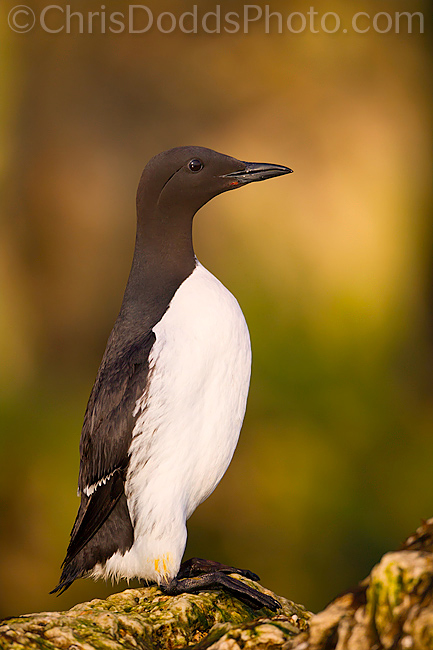TOP TEN REASONS TO JOIN ME ON BONAVENTURE ISLAND:
I received this in an email from Stan Buman from Carroll, IA way back in 2009:
I joined Chris for the 2009 Gannets Galore Workshop. It was a great learning experience and a wonderful three days. Here are the top ten reasons why I would recommend attending a workshop with Chris.
1. Chris knows the workshop locations and subjects. He has been to the Northern Gannet colony over 375 times, giving him intimate knowledge of the island and bird behavior. All professional wildlife photographers will tell you that knowledge of the subject is crucial for obtaining quality images.
2. With this knowledge, he works hard to put you in the right place by constantly monitoring weather conditions (such as wind direction) and bird activity.
3. Chris is respectful of, and well respected by, the Park Service employees. He treats them well and they treat him well.
4. The Gannets Galore Workshop is more than just photographing on the island. Photography from the Zodiac boat adds a whole new dimension to the diversity of images and bird species.
5. While birds are his primary focus, he is willing to photograph other subjects; Gray Seals come to mind.
6. He is a good birder. It isn’t just all about Gannets.
7. Being a top-notch photographer, Chris knows what it takes to get great images. He is willing to share his knowledge with his participants.
8. I am a better bird photographer because of Chris. Leading by example, he challenged me to work harder on my skills and work outside my comfort zone.
9. For those of you who live to eat, Chris will make sure you are well fed (quality and quantity). I eat to live but think I gained weight on this trip.
10. His ability to speak French comes in handy for us ignorant Americans who never learned to speak anything but English.











